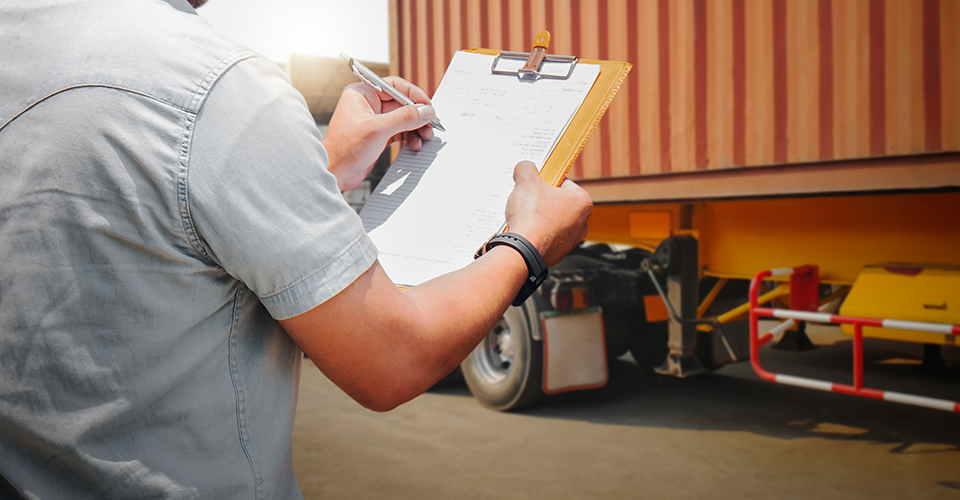 For some cross-country long-distance moves and international shipments, it can be very efficient to use a freight trailer to get things from A to B. And with these freight moves, the linear foot is the standard for calculating rates.
For some cross-country long-distance moves and international shipments, it can be very efficient to use a freight trailer to get things from A to B. And with these freight moves, the linear foot is the standard for calculating rates.
An often overlooked method of moving, freight shipping is an excellent hybrid DIY moving method. Typically, the freight company will drop off a trailer at your residence, and you'll have up to three days to fill it. You can either hire movers or move your items by yourself.
While other DIY moving methods can be cheaper, freight moving removes the element of driving a rental truck across the country, which many people find challenging and time-consuming. Packing and unpacking your own shipping container can be an excellent hybrid approach with set move dates
With freight shipping, your cost is calculated by the amount of space used - the linear foot.
What is a Linear Foot?
A linear foot of a freight truck is 12 inches extended length-wise from the front-to-back of the truck. This linear foot extends 8 feet wide and 9.5 feet tall. So three linear feet could fit around 120 1.5 cubic foot boxes stacked to the ceiling.
Why is the Linear Foot Important?
Freight trucks charge by the number of linear feet that are filled up. This puts the responsibility on the person moving to be efficient with their packing and stacking.
Full-service movers will often charge by weight and sometimes combined with space used. So if you decide to use freight shipping, good packing skills can pay off big time, especially if you have a lot of heavy, dense items like books or weights.
How Many Linear Feet do I Need?
Many freight companies will have guides to help you out here. But generally, here are some conversions that might be useful:
| Number of Rooms |
Square Feet (House) |
Linear Feet (Trailer) |
Cubic Feet (Trailer) |
| 1 Bedroom Apartment |
600 - 800 sf |
6 Linear Feet |
432 Cubic Feet |
| 1 Bedroom House |
800 - 100 sf |
8 Linear Feet |
576 Cubic Feet |
| 2 Bedroom House |
1400 - 1600 sf |
14 Linear Feet |
1008 Cubic Feet |
| 3 Bedroom House |
2000 - 2200 sf |
20 Linear Feet |
1440 Cubic Feet |
Pros and Cons of Paying by the Linear Foot
While we now know a bit more about what linear foot freight shipments entail, let’s take a look at some of the costs and benefits of "moving by the foot."
Pros:
-
No driving involved
-
Can be much cheaper than full-service movers
-
Only pay for what you need
-
Can store your items for a fee
-
Great for long-distance domestic and international moves
-
More efficient for large homes
-
Simplified moving experience over renting a truck
Cons:
-
Not great if you can"t pack well
-
Costs more if you have light, bulky goods
-
Extra stress with meeting estimate expectations
-
Not very economical for local moving
-
Only a few days to move your things in and out
Find a Freight Mover
If you’re looking to rent a freight trailer by the foot, or get help loading it – check out our moving portal for fast quotes and the best rates. Even if you decide to go a different direction with your self-move with a pod service or rental truck, we can help you find great deals (and even labor-only movers) to get you moved out (and back in) quickly.
Go to our moving portal to get started.